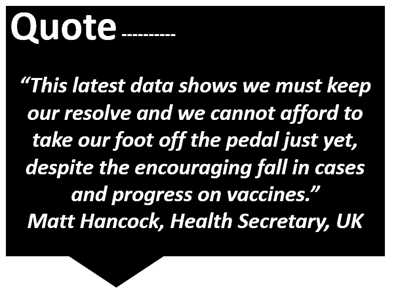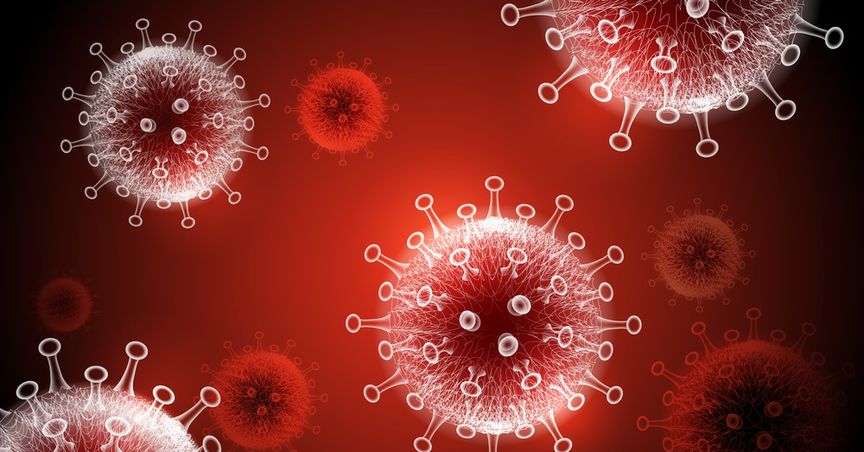Summary
- Study conducted by the Imperial College of London between 13-24 November
- An R rate of less than one attained during the period
Covid-19 infections have dropped by 30 per cent during the month-long lockdown imposed in England that began on November 5. These results are reported by a study of 0.1 million volunteers conducted by the Imperial College of London between November 13 to 24. Known as the ‘React-1’, it is a highly respected study and gave an up-to-date picture of Covid-19 cases across the nation.
The study revelated that the R or the ‘virus reproduction’ rate had fallen to a value of 0.88. In simpler terms it implied that the pandemic was shrinking as each existing infection was translating into less-than-one new infection. The study selected a random sample of people irrespective of whether they had any symptoms of the disease or not.
This is the first time since September this year when the R rate fell below the value of 1. However, overall cases remained high, despite clear improvement. The study found out that each one in 100 people had coronavirus. This was double than what was seen in September, when infections had started to rise.
The earlier part of the study was conducted at the end of October. It had disclosed that the coronavirus cases were rising, doubling every 9 days. Now cases are going down, however, at a slower pace than they shot up. On an average, cases now are halving every 37 days, according to the latest study. Nonetheless, in the North East and North West of England – the regions with highest number of coronavirus cases – infection plummeted by more than 50 per cent.
Findings also suggested that currently, the number of infections were the highest across East and West Midlands areas.
Prof Paul Elliott, professor of epidemiology and head of the React study at the Imperial College London remarked that this encouraging trend suggested that the tiered approach helped curb infections in the worst affected areas.

PM calls for unity over tiers
In the meantime, Boris Johnson, the British Prime Minister called for unity from his party members as he agreed to publish the health data for England’s new tier system.
MPs will be voting on the measures on Tuesday, and many of them have asked the government to show the evidence on which it based the new tier system to be implemented in England as the lockdown ends on December 2.
The new system will see various national areas placed in one of these 3 tiers --- medium, high, and very high.
Most of England would be falling under the tier-2 or the ‘high restriction’ regions. It will have tight rules for pubs and restaurants and a ban on mixing of households indoors.
The handful of regions with the lowest tier or tier-1 of restrictions are going to be Isles of Scilly, Cornwall, and the Isle of Wight.
Many of the conservative MPs had complained that their constituencies were entering tight restriction areas, despite a falling number of cases across these regions. So, they asked to see the data that had prompted the government for such seemingly contradicting measures being imposed.
Tory MP Steve Baker said that the MPs wanted to check evidence so that they are doubly sure that the government’s restrictions actually do more good than bad.
In the meantime, taking about the vaccine update, the UK government had recently invoked a special rule. It allowed the British national regulator to bypass the EU counterpart for giving a clearance to any potential vaccine candidate, once it’s ready for a rollout.
Clearance possible next week for Pfizer vaccine
As per media sources, the UK is ready to approve the Pfizer- BioNTech Covid-19 vaccine as soon as early next week. If this happens, Britain would become the first nation in the world to provide clearance to this vaccine candidate.
The nation is moving fast on vaccine candidates and doctors and support staff have been put on standby for a possible rollout before this Christmas.
Earlier, the Pfizer- BioNTech vaccine candidate had revealed an efficacy rate of 95 per cent. The nation had already placed an order for delivery of 40 million doses. The first batch is set to arrive on December 7, if all goes as planned.



_06_10_2025_01_00_15_274451.jpg)


